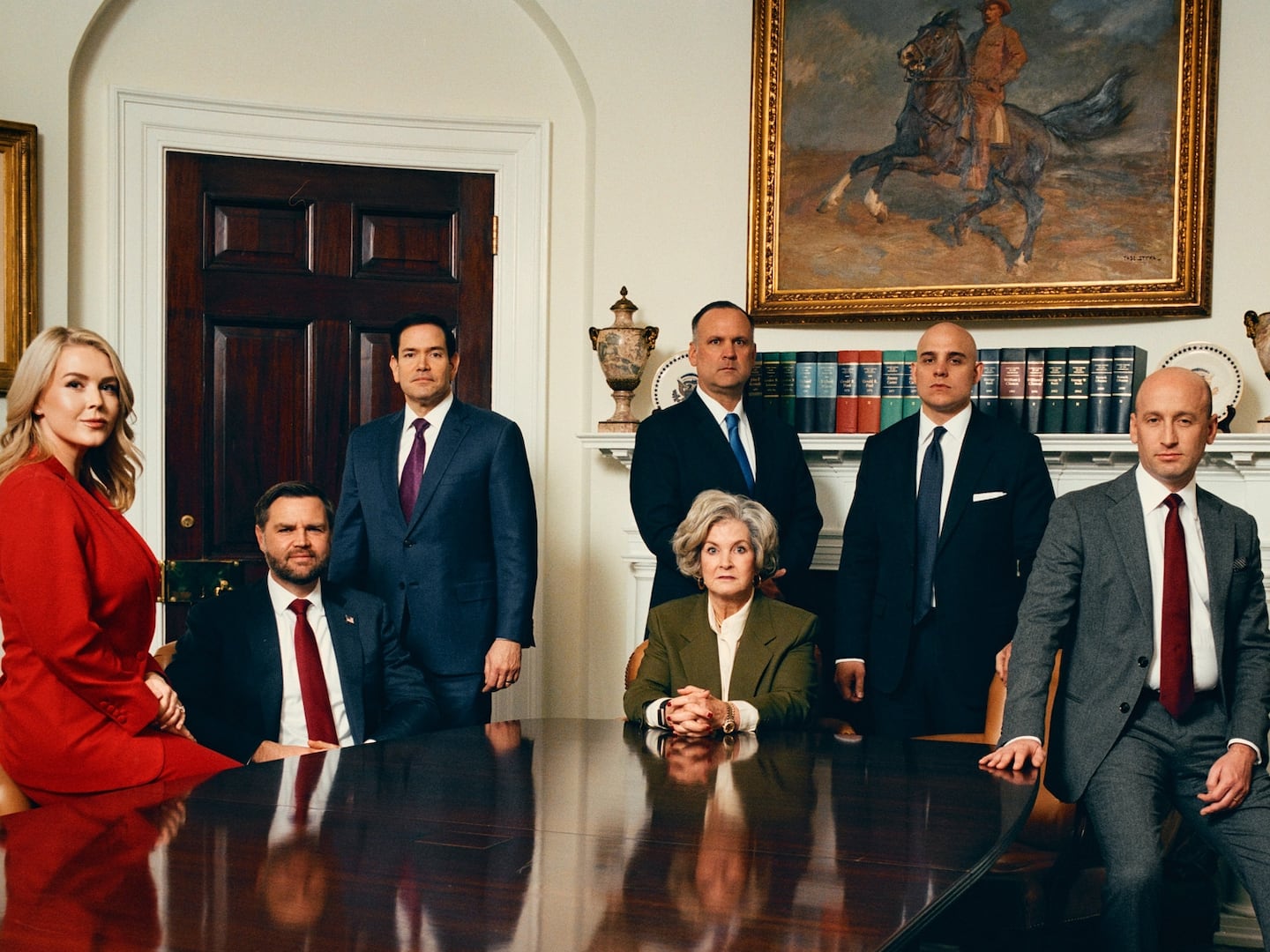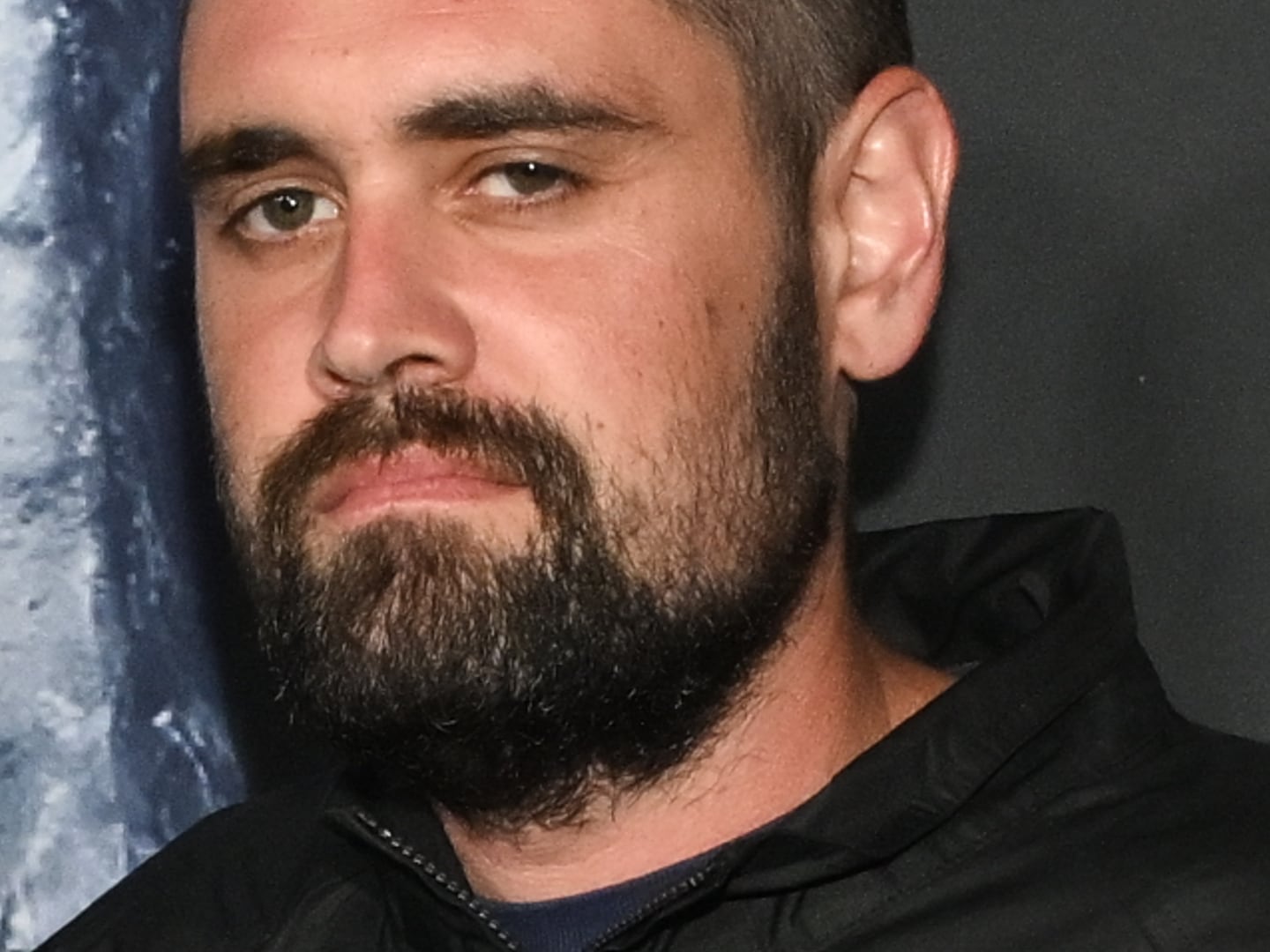
It was a masterful piece of flying by Chesley B. Sullenberger, and no praise is too much. But let’s hear it for the plane too, the mute partner in what was a double act. Yesterday, plane and pilot were at the top of their game. At the Airbus headquarters in Toulouse they are surely sharing the relief that no passenger was lost. They are also remembering how long it took to get the A320 recognized for the fine machine it is.
In the 1980s, when the A320 was created, nobody in the U.S. would have seriously believed that Boeing, whose 737 dominated the world market for this size of plane, would see domestic U.S. airlines ordering large numbers of a European jet.
Early on, Boeing’s tactic was to argue that the A320 was too radical. This was because something was missing in the cockpit: the “yoke” (or, in the old parlance, the joystick) directly in front of the pilot. Instead, the A320 used a new technology, pioneered in fighter jets, called “fly by wire” in which the pilot flew by using what looked like a Nintendo lever at his side. The commands went to the controls electronically—that’s the “wire” part.
The Boeing lobby said this robbed the plane of the old pilot “feel” when the yoke was almost an extension of the person, providing a physical link. Try telling that to Captain Sullenberger—interestingly enough, since he used to fly fighters, he probably loved the Nintendo stick. In fact, the A320 felt just like any other plane to fly, and it came with very sophisticated electronics to sense what the plane was doing at all times.
The A320 turned out to be so successful that Boeing had to extensively redesign the 737, which was a 1960s design, to remain competitive. Nonetheless, when Jet Blue began flying it chose an all-320 fleet, and other domestic carriers, like US Airways, have large fleets of A320s.
Yesterday’s crash demonstrated just how well built the plane is: to survive, intact, the impact on water at around 170mph, and for the fuselage to retain its integrity for long enough not only to get all passengers off but to float for several hours down the Hudson, is astonishing. This is a contingency that no testing can simulate, and that no designer wants to encounter.
There is something else that passengers have learned to like about the A320. The cabin is seven inches wider than that of the 737. Size does matter: it may not seem much, but it adds up in seat width and greater comfort.
Clive Irving is Senior Consulting Editor at Conde Nast Traveler, specializing in aviation. He has flown the A320 in a simulator and earned an “Honorary Captain” certificate for making a perfect approach and landing at JFK—thankfully, he says, not for real.






